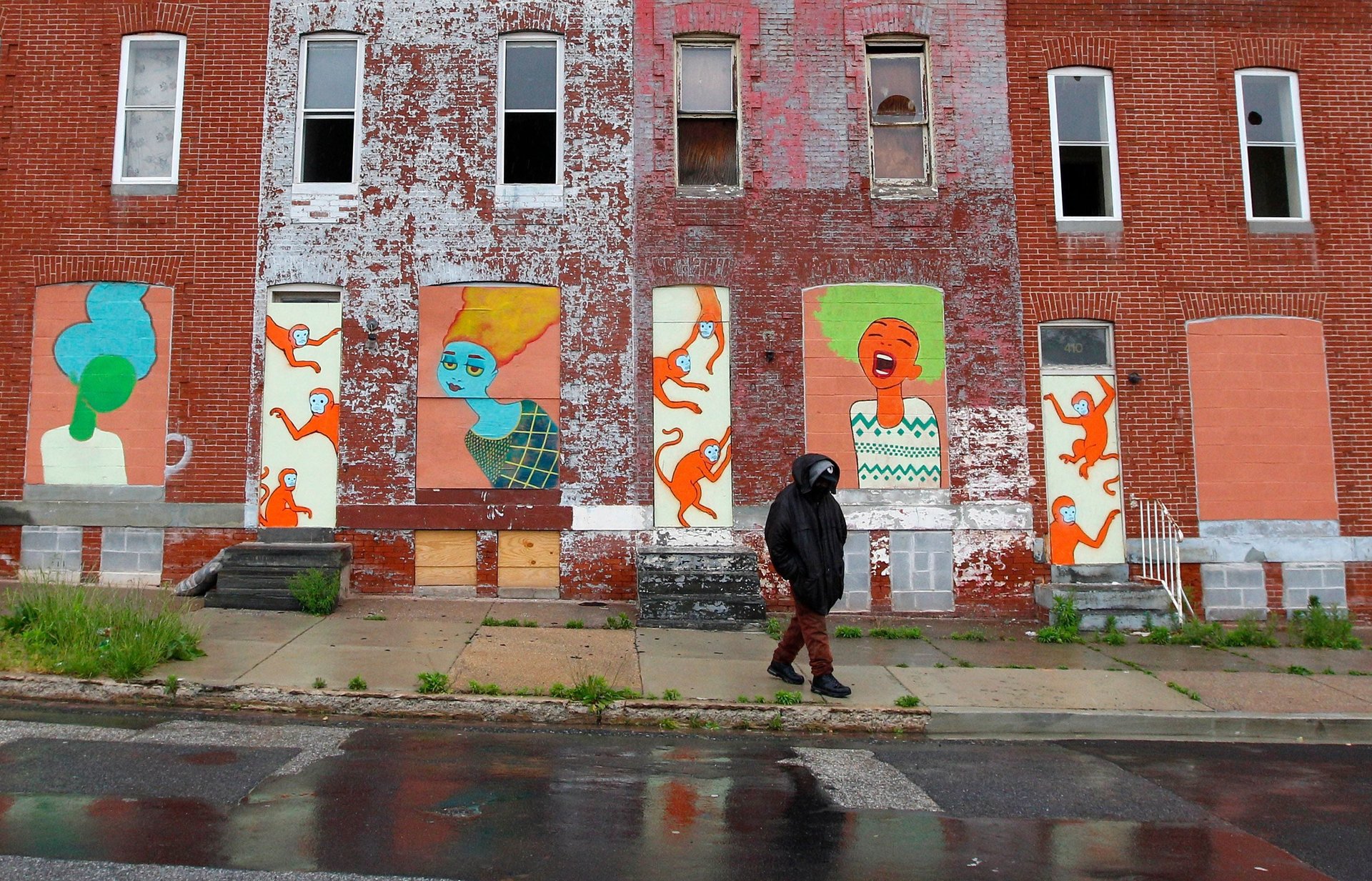White people abandon diverse neighborhoods for racial, not economic reasons
When people of color move into a community, white people tend to move out. This phenomenon—known as “white flight”—is well-established in sociological research. It has, however, been much harder to come to a definitive conclusion as to why this happens.


When people of color move into a community, white people tend to move out. This phenomenon—known as “white flight”—is well-established in sociological research. It has, however, been much harder to come to a definitive conclusion as to why this happens.
On one side of the debate, researchers say that white people leave increasingly diverse neighborhoods for racial reasons. These white residents, the argument goes, are extremely sensitive to the racial makeup of their neighborhoods. On the other side of the debate are researchers that dispute the extent that race motivates white residents to leave a community. Many of these neighborhoods are historically disadvantaged and all residents—not just whites—act to avoid neighborhoods with high levels of instability and poverty. Early research on white flight has also shown that white population loss tends to be strongly associated with the socioeconomic decline of neighborhoods.
A new study concludes that racial reasons lead to white flight. Researcher Samuel Kye analyzed both working class neighborhoods and middle class suburbs for the report, recently published in Social Science Research, in order to provide a more accurate assessment of whether socioeconomic contexts or the growth of minorities independently trigger an exodus of white people.
The report not only tied the persistence of white flight to race, it found that a large amount of white people leaving a neighborhood is more likely to occur in a middle class one, rather than a poor area.
The study used US census data from 1990 to 2010 to examine white flight among suburban neighborhoods in the 150 largest metropolitan areas. Kye developed a criteria that identifies all neighborhoods that have lost a critical percentage of white residents, and distinguished between neighborhoods experiencing white flight from those undergoing a decline in the overall proportion of white residents due to rising diversity and stagnant white population growth. The study defines white flight as what happens when an area loses at least 100 white residents and at least 25% of its white population over 10 years. Kye found 3,252 instances of white flight from the 27,891 suburban tracts in the sample.
Race was not only a strong predictor of white flight, but occurred to an even greater degree in middle class neighborhoods than in poorer neighborhoods, according to the study. The findings challenge the belief that white flight occur as a result of socioeconomic reasons as middle class neighborhoods do not display the disadvantages in neighborhood quality that drive out white residents.
White flight is often reduced to a black and white issue, but the study showed that this phenomenon continued to occur even when it’s Hispanics or Asian residents diversifying middle class neighborhoods. The study found that white flight becomes more likely in middle class neighborhoods when the presence of Hispanics and Asians exceeds 25% and 21%, respectively. Overall, areas that saw white flight lost on average 40% of their white population over a decade.
This is a troubling pattern for the future, Kye notes, adding that white flight contributes significantly to racial segregation, which is “a key predictor of reduced life chances—across health, academic, and economic outcomes.”